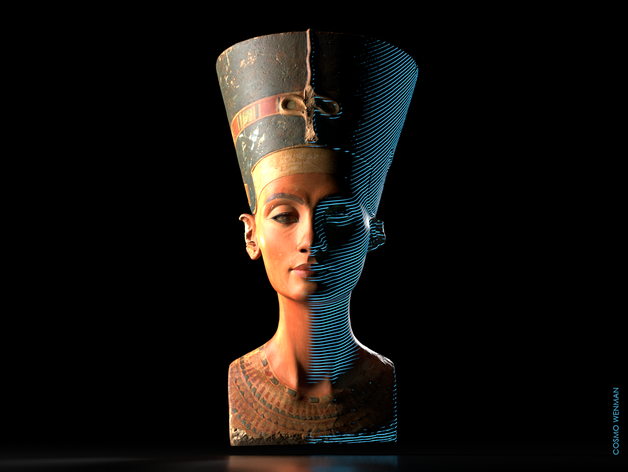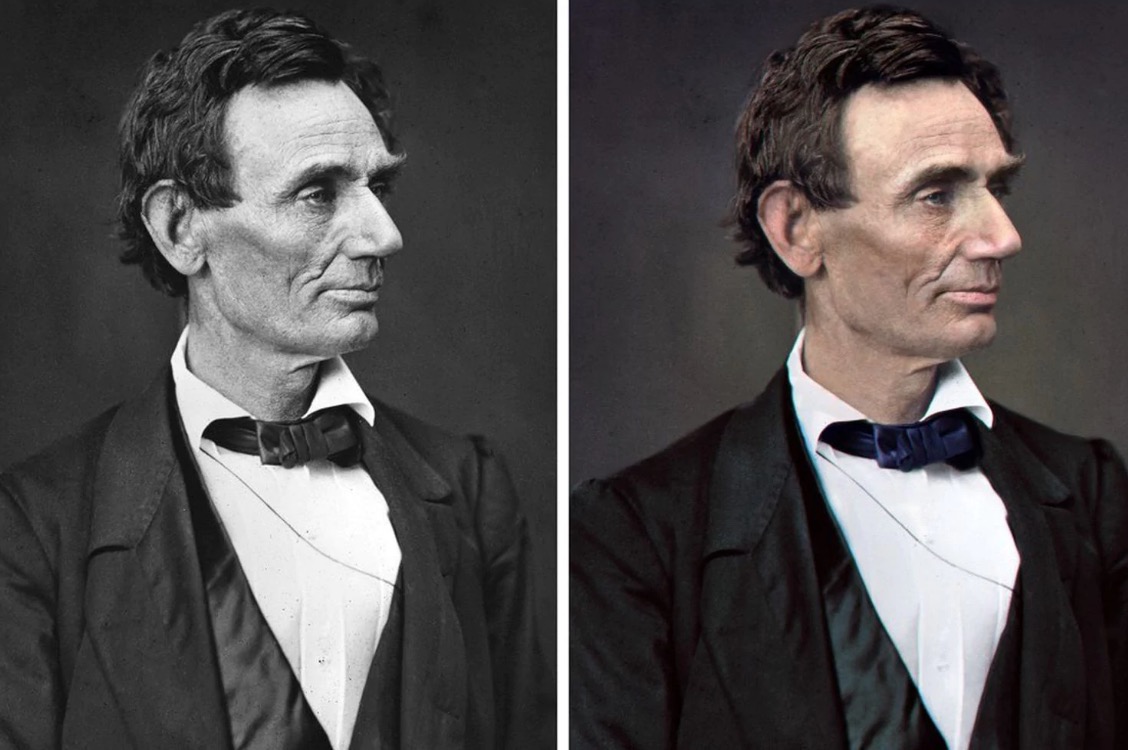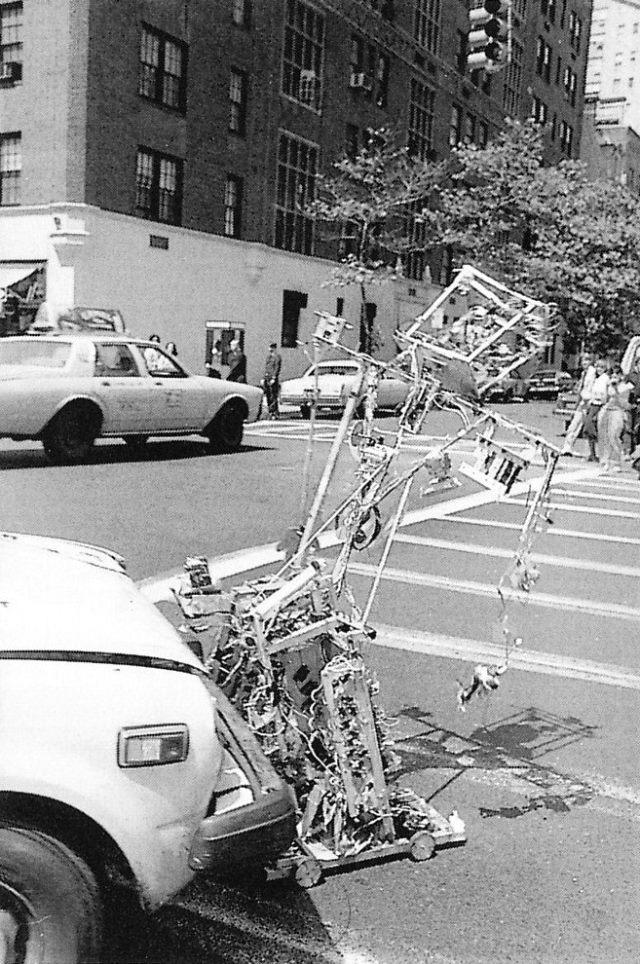
Between 2009 and 2012, iPhones had a built-in “Send to YouTube” button in the Photos app. Many of these uploads kept their default IMG_XXXX filenames, creating a time capsule of raw, unedited moments from random lives. Developer Riley Walz made a bot that crawled YouTube and found 5 million of these videos. Amazing.

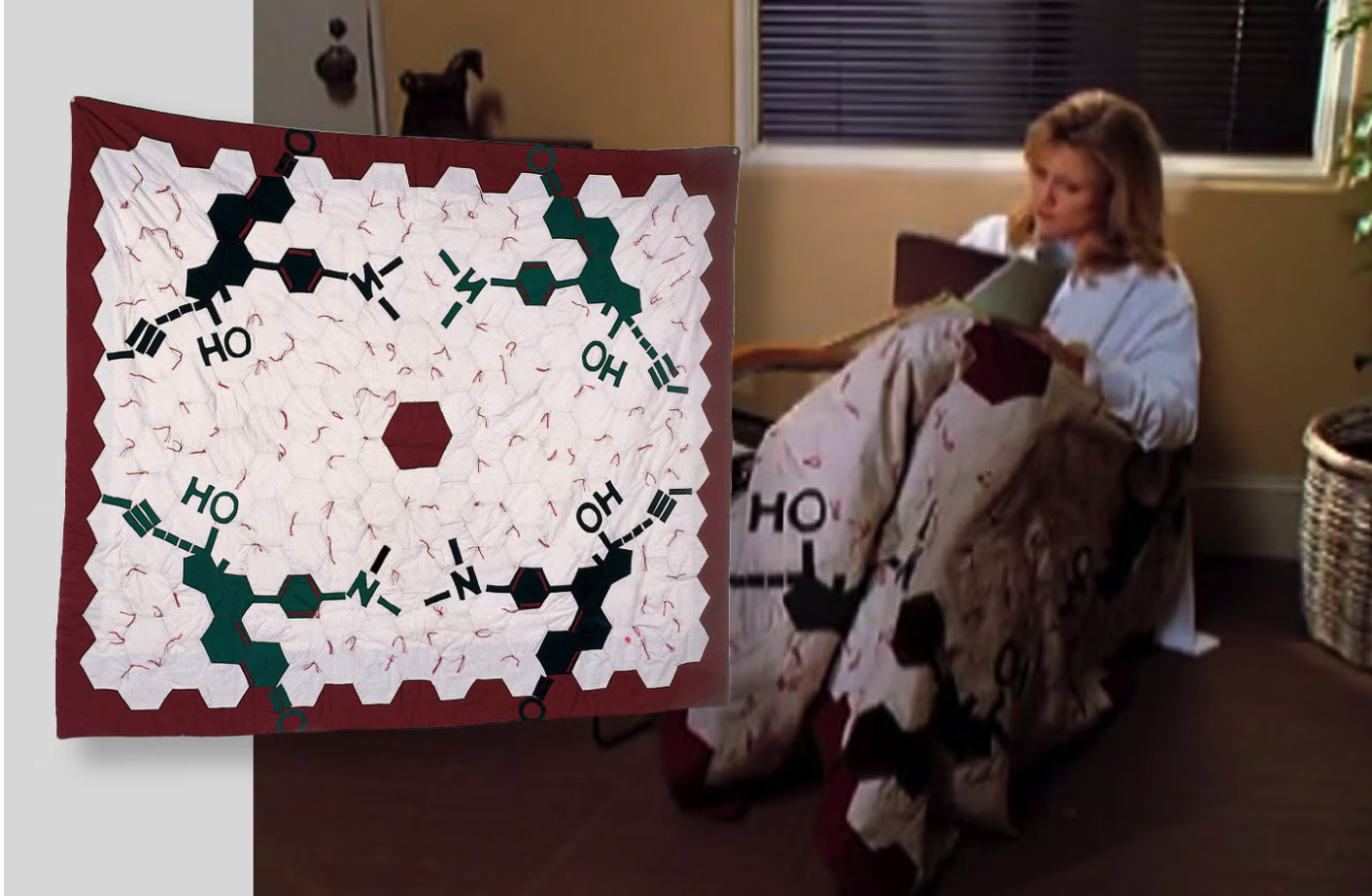

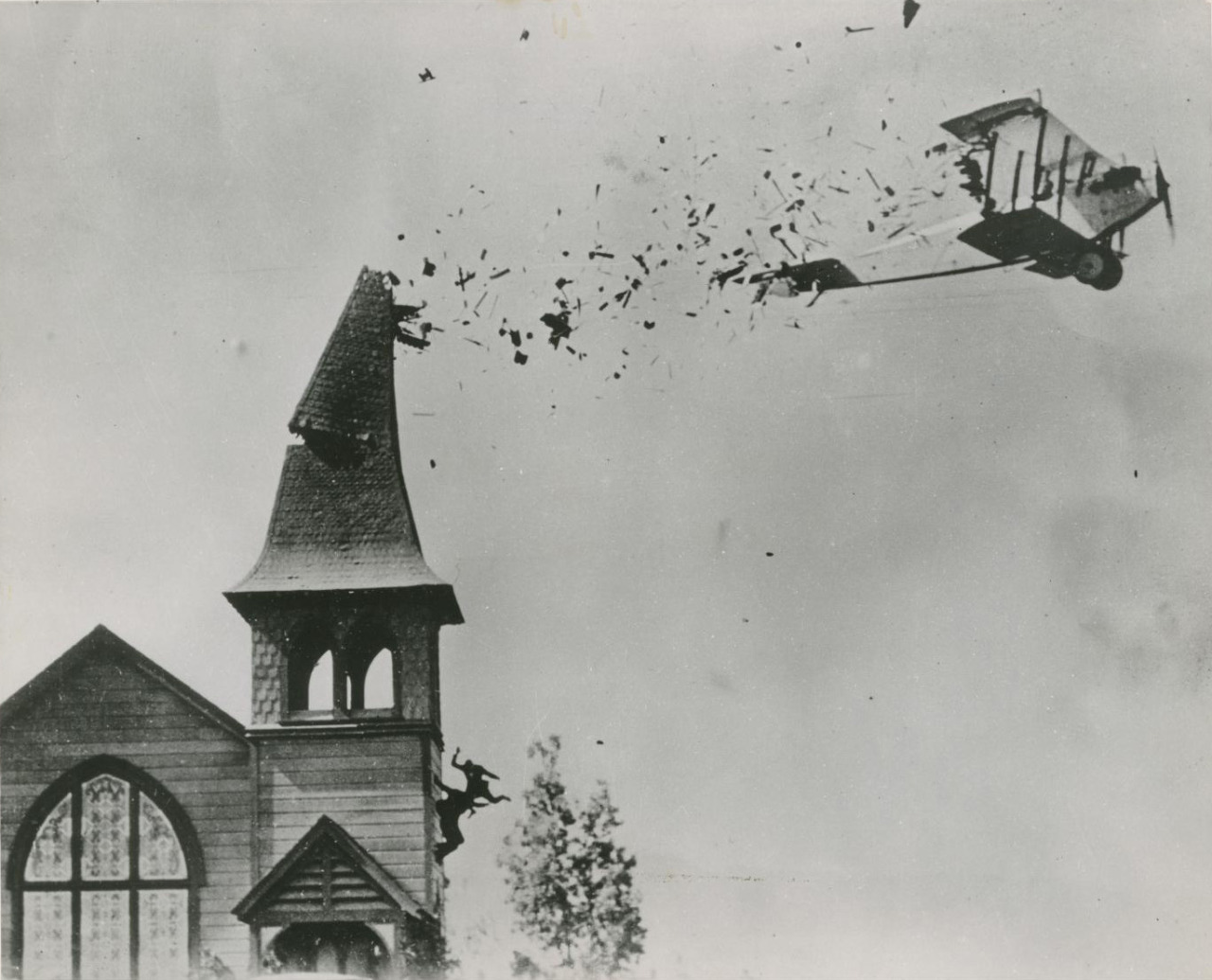
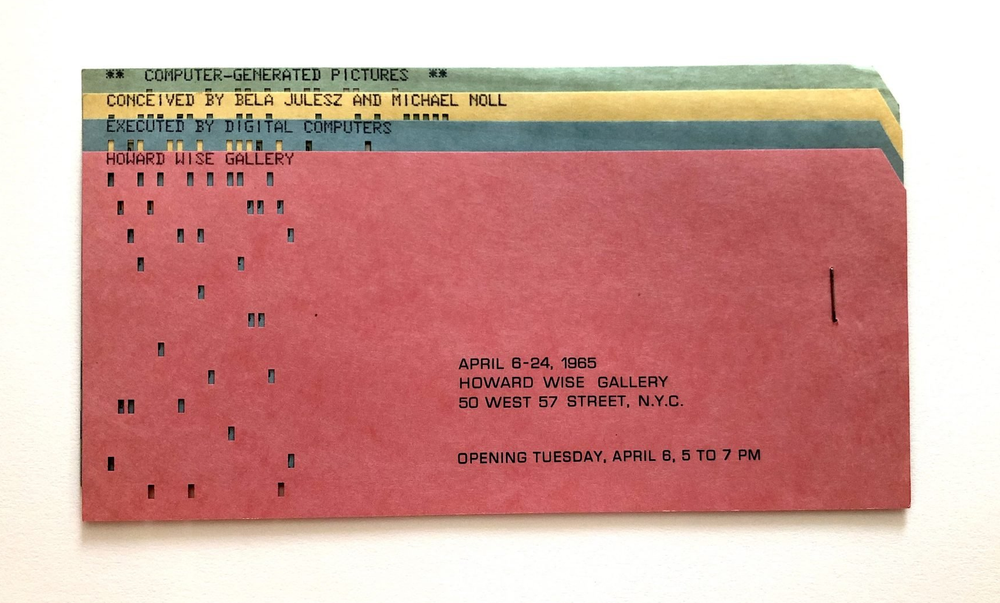

 I’ve been studying early Computer Art quite a lot in the past ten years, but I just discovered a new artist I never came across before. Click
I’ve been studying early Computer Art quite a lot in the past ten years, but I just discovered a new artist I never came across before. Click 

